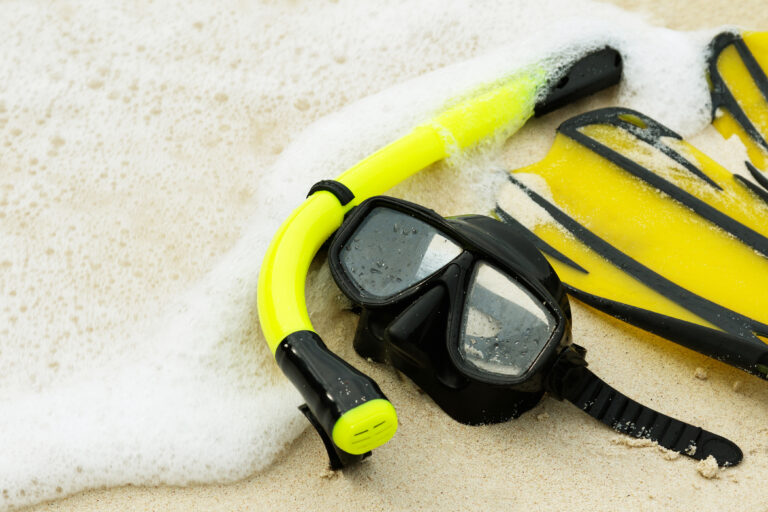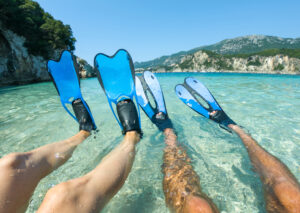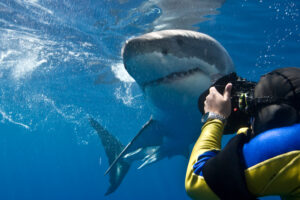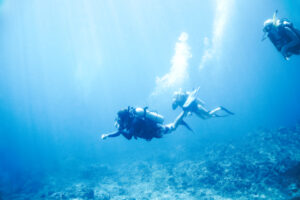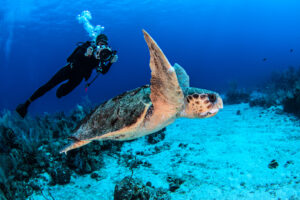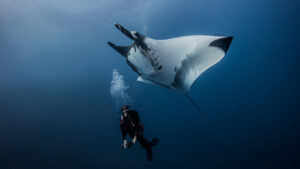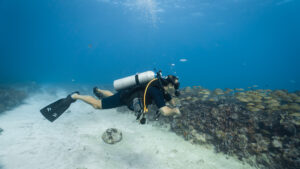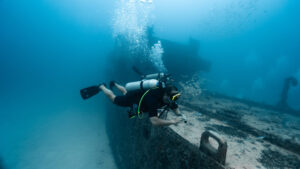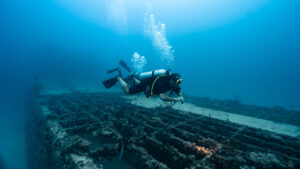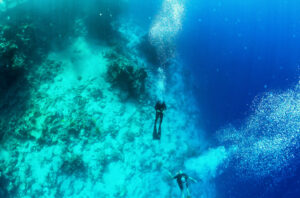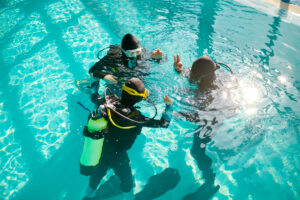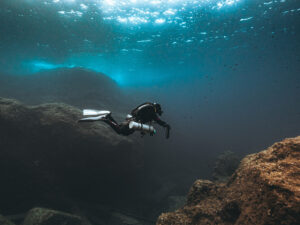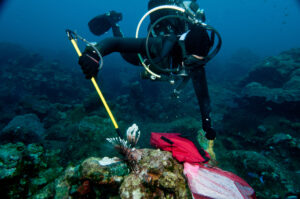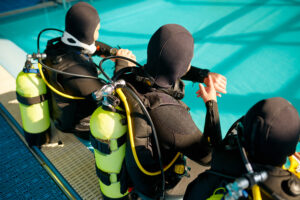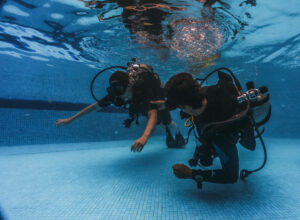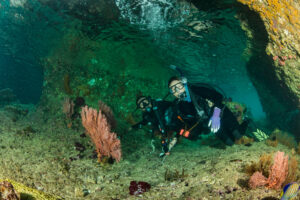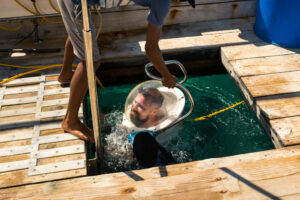What is a Snorkel?
A snorkel is an L-shaped or J-shaped tube with a mouthpiece designed for use in water-based activities, particularly scuba diving, free diving, and snorkeling. It enables the wearer to breathe air from above the water surface while their mouth and nose are submerged. As a fundamental piece of aquatic gear, snorkels have evolved over time, with various innovations and designs aimed at improving comfort, functionality, and safety.
History and Development
The concept of snorkeling can be traced back to ancient times, with evidence suggesting that ancient divers used hollow reeds or animal horns as breathing apparatuses. The modern snorkel’s design dates back to the early 20th century when French naval officer and underwater explorer, Maurice Fernez, patented the “swim tube,” which was later refined and popularized by other diving enthusiasts.
Materials and Construction
Traditional snorkels are usually made of plastic or rubber, while more advanced models may use materials such as silicone and thermoplastic elastomers (TPE). The tube’s shape and diameter are crucial in allowing the user to breathe comfortably without inhaling water. The ideal snorkel tube diameter is typically between 0.75 and 1 inch (19-25 mm), which allows for a balance between ease of breathing and minimal dead air space. The tube’s length should also be sufficient to extend above the water surface while the user’s face is submerged.
Types of Snorkels
Classic Snorkel: This is the simplest and most basic design, consisting of a straight or slightly curved tube with a mouthpiece. It may include a basic purge valve at the bottom to facilitate clearing water from the tube.
Dry Snorkel
A dry snorkel features a mechanism at the top, usually a float or splash guard, that prevents water from entering the tube when submerged or during surface splashes. It also has a purge valve at the bottom to help clear any water that may enter.
Semi-Dry Snorkel
This type of snorkel includes a splash guard but lacks a float mechanism. While not completely watertight, it offers some protection against water ingress during surface splashes.
Full-Face Snorkel Mask
A full-face snorkel mask combines the snorkel and mask into a single unit, covering the entire face. This design allows for natural breathing through the nose and mouth while providing a wide field of view. However, it is not recommended for deep diving or rigorous swimming.
Features and Accessories
Purge Valve
A one-way valve located at the bottom of the snorkel that allows water to be expelled easily through exhalation, making it simpler to clear the snorkel.
Flexible Tube
Some snorkels have a flexible section in the tube, which helps reduce jaw fatigue by allowing the mouthpiece to align comfortably with the user’s mouth.
Quick-Release Clip
A detachable clip or buckle that allows the snorkel to be easily attached to or removed from the mask strap.
Comfortable Mouthpiece
Many snorkels feature ergonomic mouthpieces made of silicone or other soft materials to minimize discomfort and reduce the risk of jaw fatigue during prolonged use.
Personalization
Snorkels are available in various colors and patterns, allowing users to match their gear and express their individuality.
Safety and Proper Use
When using a snorkel, it is essential to practice proper breathing techniques to ensure safety and comfort. Users should take slow, deep breaths and exhale fully to minimize carbon dioxide buildup within the snorkel. When transitioning from snorkeling to diving, it is crucial to clear the snorkel of water before resuming breathing. This can be done using a force ful exhalation or the blast-clearing technique, which involves a sharp, powerful exhale to expel water from the tube.
In addition to proper breathing, it is essential to maintain the snorkel’s cleanliness and functionality. Regular inspection for any signs of wear, such as cracks, damaged mouthpieces, or compromised purge valves, is vital for ensuring user safety. Snorkels should be cleaned thoroughly after each use, and any debris or sand should be removed to avoid obstruction of airflow or damage to the purge valve.
Environmental Considerations
As snorkeling and scuba diving become increasingly popular, it is important to consider the environmental impact of these activities. Snorkelers must be aware of their surroundings and strive to minimize disturbance to marine life, coral reefs, and other underwater ecosystems. This includes avoiding touching or standing on coral, maintaining a safe distance from marine animals, and using environmentally friendly sunscreens that do not harm aquatic life.
Selecting the Right Snorkel
Choosing the appropriate snorkel is crucial for a comfortable and enjoyable underwater experience. Users should consider factors such as their intended activity (snorkeling, scuba diving, or free diving), personal preferences, and any specific needs or requirements. For instance, beginner snorkelers might prefer a dry snorkel for its ease of use and water-blocking capabilities, while experienced divers may opt for a classic or semi-dry snorkel for a more streamlined profile and reduced drag.
When trying on snorkels, it is essential to ensure a comfortable and secure fit of the mouthpiece, as well as the proper positioning of the snorkel on the mask strap. The snorkel should be easily reachable and have minimal interference with the user’s range of motion.
In conclusion, the snorkel is a fundamental tool for water-based activities, providing a simple yet effective means of breathing while the wearer’s mouth and nose are submerged. With various designs and features available, snorkels cater to a wide range of users and preferences. By understanding the different types of snorkels, their features, and proper usage, individuals can make informed decisions when selecting and using this essential piece of aquatic gear. Moreover, adhering to safe practices and environmental considerations can ensure a rewarding and responsible underwater experience for all.

